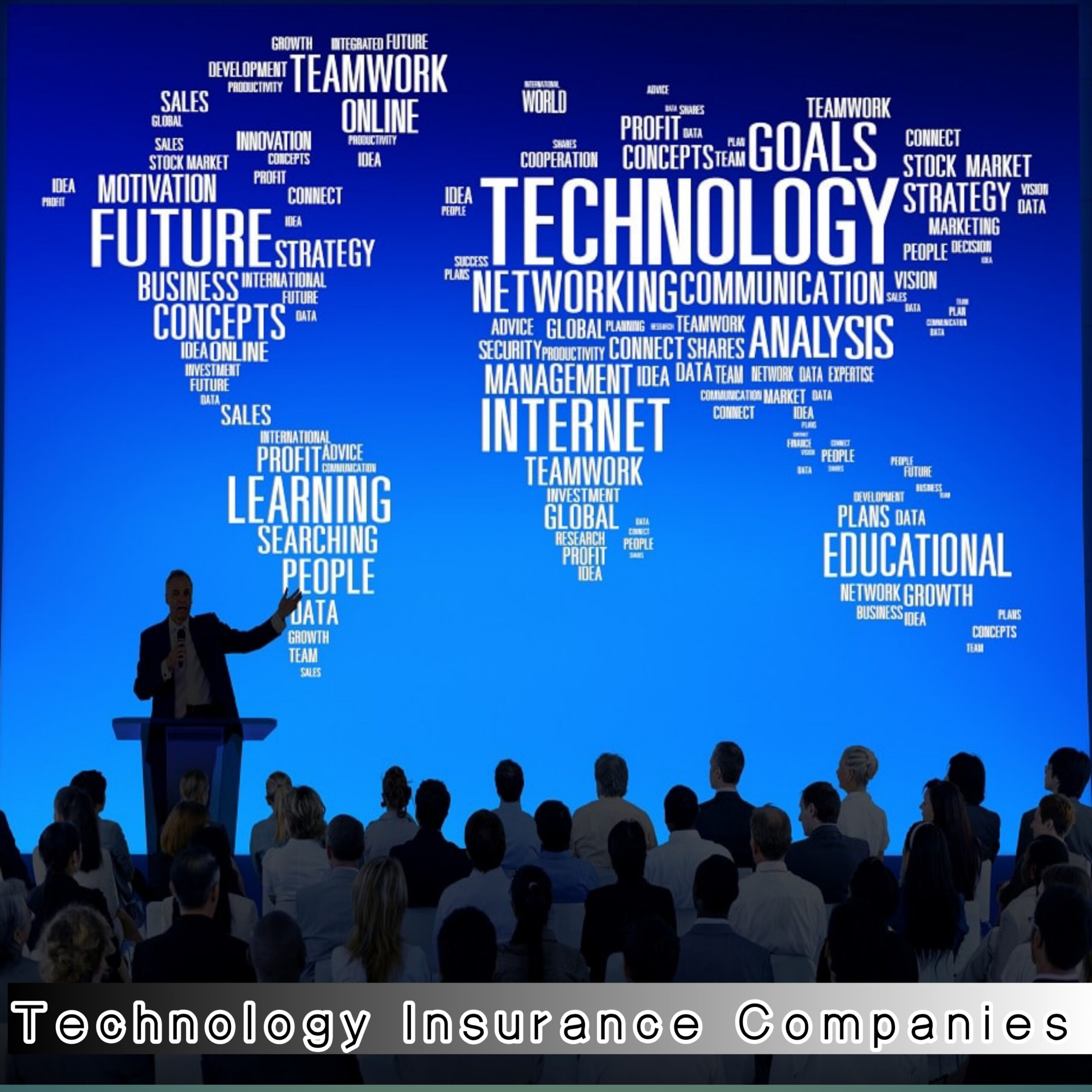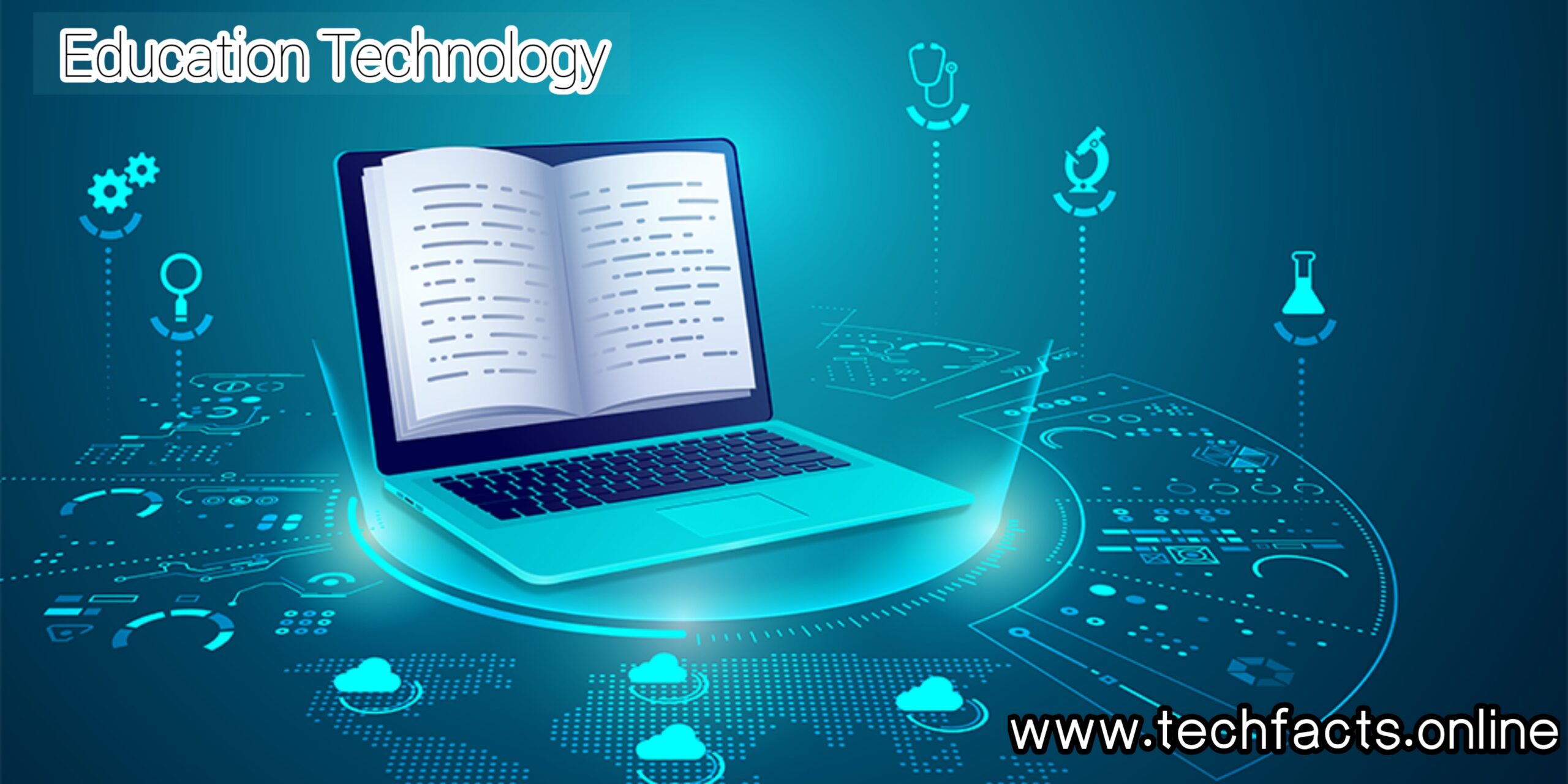Aerospace Technology Group: Pioneering the Future of Aerospace Engineering
Introduction:
The Aerospace Technology Group (ATG) is a prominent organization at the forefront of aerospace engineering and technology. With a dedication to innovation, studies, and collaboration, ATG is dedicated to advancing the aerospace sector, addressing modern-day demanding situations, and exploring new frontiers in aviation and space exploration. This article delves into ATG’s project, regions of know-how, key studies tasks, industry collaborations, academic outreach and regularly asked questions.
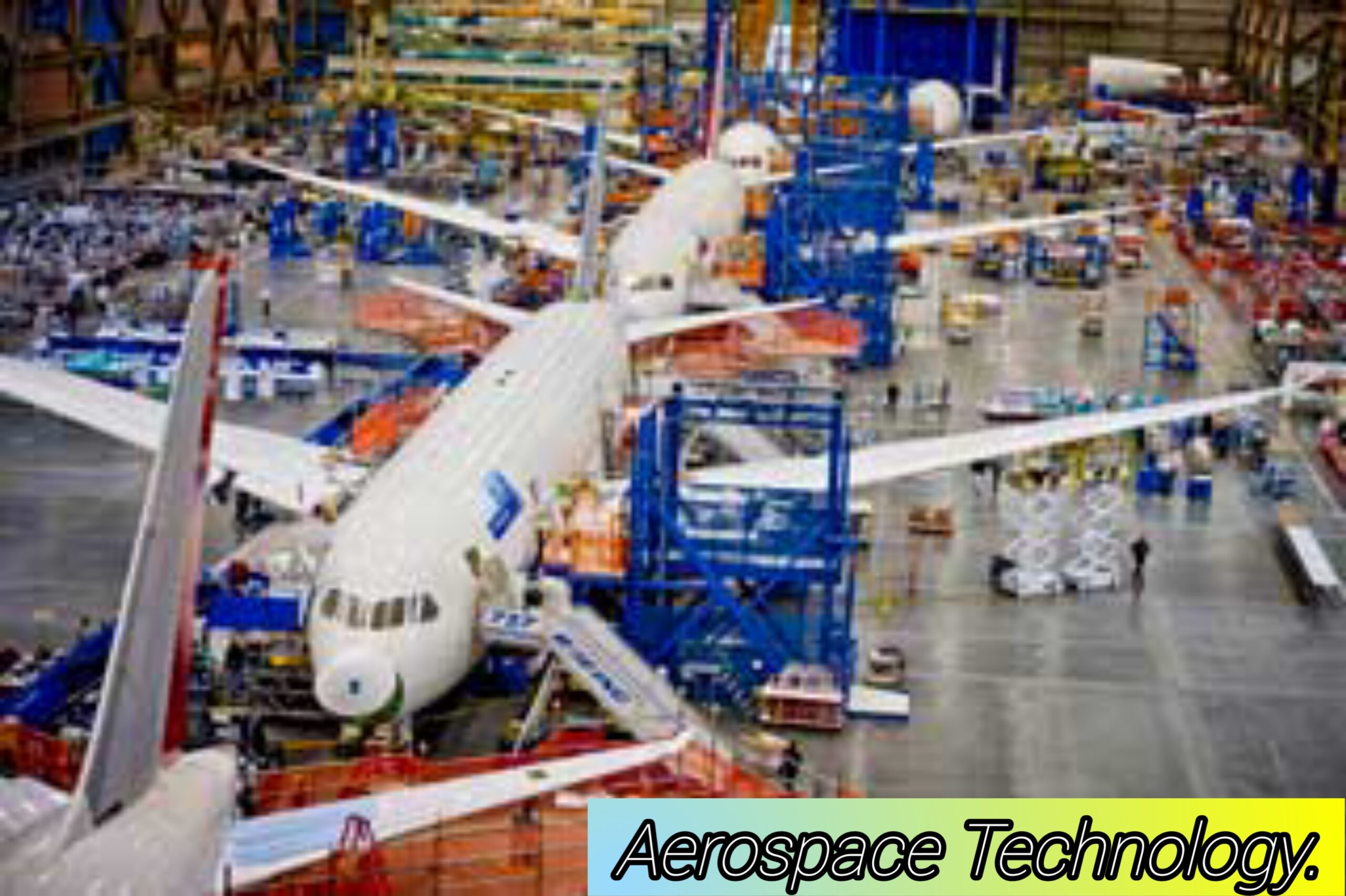
Mission and Vision of aerospace technology group:
Mission
ATG’s mission is to pressure the improvement of transformative aerospace technology that decorate protection, performance, and sustainability. The business enterprise pursuits to create answers that no longer handiest cope with current enterprise challenges however additionally pave the way for future improvements.
Vision
The vision of ATG is to be a international chief in aerospace research and innovation. By fostering collaboration with industry companions and academic institutions, ATG seeks to push the boundaries of what is possible in aerospace technology.
Also Read Automotive Technology…
Areas of Expertise of aerospace technology group:
ATG’s expertise encompasses a diverse range of domains within aerospace engineering, reflecting the multifaceted nature of the industry. Key areas include:
1. Aerodynamics and Fluid Dynamics
- Research Focus: Understanding airflow around aircraft and spacecraft to optimize performance and efficiency.
- Applications: Designing more aerodynamic shapes for improved fuel efficiency and reduced drag.
2. Structural Design and Materials Science
- Research Focus: Developing lightweight, strong materials that can withstand extreme conditions.
- Applications: Creating structures that enhance the safety and durability of aircraft and spacecraft.
3. Propulsion Systems and Energy Storage
- Research Focus: Innovating propulsion technologies, including jet engines and rocket propulsion systems.
- Applications: Improving fuel efficiency and exploring alternative energy sources, such as electric and hybrid systems.
4. Avionics and Flight Control Systems
- Research Focus: Developing advanced avionics systems for navigation, communication, and control.
- Applications: Enhancing the safety and reliability of flight operations.
5. Space Systems and Exploration Technologies
- Research Focus: Designing technologies for space exploration, including satellites and rovers.
- Applications: Supporting missions to the Moon, Mars, and beyond.
6. Unmanned Aerial Vehicles (UAVs) and Urban Air Mobility
- Research Focus: Innovating in the field of drones and urban air transport solutions.
- Applications: Developing technologies for delivery systems, surveillance, and passenger transport.
Key Research Initiatives of aerospace technology group:
ATG is engaged in several groundbreaking research initiatives that address the aerospace industry’s most pressing challenges. Notable projects include:
1. Hypersonic Flight Technology
- Objective: To develop aircraft capable of traveling at speeds greater than Mach 5.
- Research Areas: Advanced materials, propulsion systems, and aerodynamic designs to withstand extreme temperatures and pressures.
2. Electric and Hybrid-Electric Propulsion
- Objective: To create sustainable and efficient power systems for aviation.
- Research Areas: Battery technology, electric motors, and hybrid systems that reduce emissions and operational costs.
3. Advanced Composite Materials
- Objective: To explore new materials that enhance performance while reducing weight.
- Research Areas: Nanocomposites, bio-based materials, and innovative manufacturing processes.
4. Autonomous Flight Systems
- Objective: To develop intelligent systems for self-piloting aircraft.
- Research Areas: Machine learning algorithms, sensor integration, and safety protocols.
5. Space Resource Utilization
- Objective: To investigate methods for extracting resources from celestial bodies.
- Research Areas: In-situ resource utilization (ISRU) technologies for sustainable space exploration.
10 Groundbreaking Innovations Transforming the Aerospace Industry
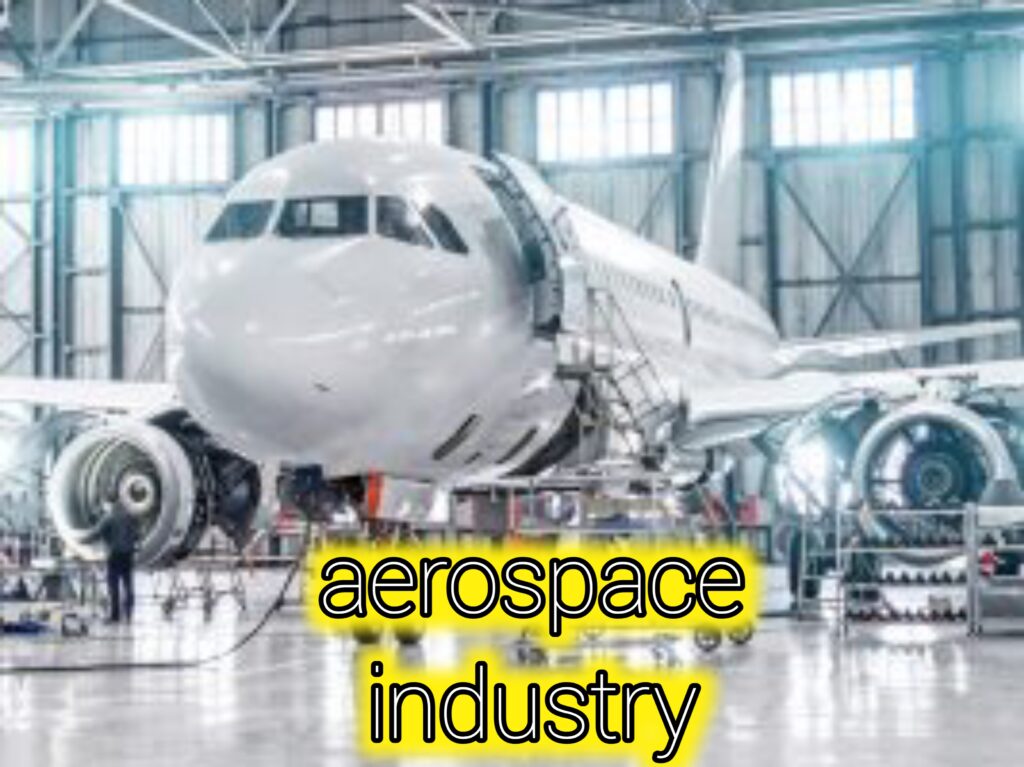
Introduction of aerospace technology group:
The Aerospace Technology Group (ATG) is at the forefront of aerospace engineering, driving innovation and pushing the boundaries of what is possible in the industry. With a focus on cutting-edge research and collaborative partnerships, ATG is leading the charge in developing transformative technologies that will shape the future of aviation and space exploration. In this article, we will explore 10 groundbreaking innovations that ATG is spearheading, each with the potential to revolutionize the aerospace sector. From hypersonic flight to autonomous systems and space resource utilization, these advancements showcase the remarkable progress being made in the field of aerospace technology.
1. Hypersonic Flight: Redefining Speed and Efficiency
ATG’s research into hypersonic flight technology aims to develop aircraft capable of traveling at speeds greater than Mach 5. By designing advanced materials and propulsion systems that can withstand extreme temperatures and pressures, ATG is paving the way for a new era of high-speed air travel and space access.
2. Electric and Hybrid-Electric Propulsion: Powering a Sustainable Future
In response to the growing demand for environmentally friendly aviation, ATG is at the forefront of electric and hybrid-electric propulsion research. By developing advanced battery technologies, innovative motor designs, and intelligent control systems, ATG is creating more efficient and sustainable power systems for aircraft and urban air mobility applications.
3. Advanced Composite Materials: Lightweight, Strong, and Durable
Composite materials play a crucial role in aerospace engineering, and ATG is exploring novel materials and manufacturing techniques to push the boundaries of what is possible. From nanocomposites to bio-based materials, ATG’s research aims to create structures that are lighter, stronger, and more durable, enhancing the performance and efficiency of aircraft and spacecraft.
4. Autonomous Flight Systems: Intelligent Solutions for Safe and Reliable Operations
Autonomous flight systems are revolutionizing the aerospace industry, and ATG is at the forefront of this technological revolution. By developing advanced algorithms, sensor integration, and safety protocols, ATG is creating intelligent systems for self-piloting aircraft, drones, and spacecraft, enhancing safety, efficiency, and operational flexibility.
5. Space Resource Utilization: Enabling Sustainable Exploration
As humanity sets its sights on long-term space exploration and habitation, the need for sustainable resource management becomes increasingly critical. ATG’s research into in-situ resource utilization (ISRU) technologies aims to develop methods for extracting and processing resources from the Moon, asteroids, and other celestial bodies, supporting future space missions and reducing reliance on Earth-based resources.
6. Aerodynamics and Fluid Dynamics: Optimizing Performance and Efficiency
Understanding airflow around aircraft and spacecraft is crucial for improving performance and efficiency. ATG’s expertise in aerodynamics and fluid dynamics is helping to design more aerodynamic shapes, reduce drag, and enhance fuel efficiency, making air travel and space exploration more sustainable and cost-effective.
7. Structural Design and Materials Science: Enhancing Safety and Durability
The safety and durability of aerospace structures are paramount, and ATG’s research in structural design and materials science is addressing this critical need. By developing lightweight, strong materials that can withstand extreme conditions, ATG is creating structures that enhance the safety and reliability of aircraft and spacecraft, ensuring that passengers and crew can travel with confidence.
8. Avionics and Flight Control Systems: Advancing Navigation, Communication, and Control
Avionics systems play a vital role in the safe and efficient operation of aircraft and spacecraft. ATG’s research in this domain is focused on developing advanced navigation, communication, and control systems that enhance situational awareness, reduce pilot workload, and improve overall mission success.
9. Urban Air Mobility: Revolutionizing Urban Transportation
As cities around the world grapple with increasing traffic congestion and emissions, urban air mobility solutions offer a promising alternative. ATG is at the forefront of this emerging field, collaborating with industry partners to develop technologies for passenger and cargo transport, emergency services, and urban infrastructure monitoring.
10. Educational Initiatives and Outreach: Inspiring the Next Generation
ATG recognizes the importance of fostering the next generation of aerospace professionals and is committed to educational initiatives and outreach programs. From undergraduate and graduate research opportunities to K-12 STEM outreach and public lectures, ATG is inspiring and empowering the innovators of tomorrow, ensuring that the aerospace industry continues to thrive and evolve.
Industry Collaborations and Partnerships aerospace technology group:
ATG recognizes the importance of collaboration in driving innovation. The organization partners with leading aerospace companies, government agencies, and research institutions to enhance research and development efforts. Key partnerships include:
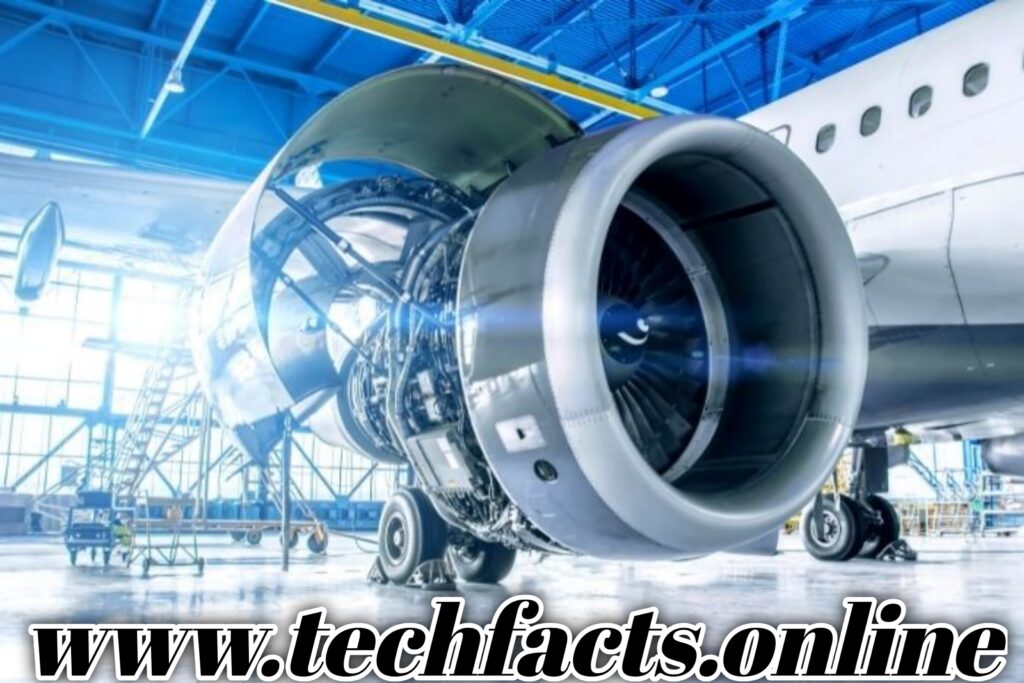
1. NASA
- Collaboration Focus: Joint research on aeronautics and space exploration technologies.
- Impact: Advancing the understanding of flight dynamics and developing new technologies for space missions.
2. Boeing
- Collaboration Focus: Research on advanced materials and manufacturing techniques for commercial aircraft.
- Impact: Enhancing the efficiency and safety of commercial aviation.
3. Airbus
- Collaboration Focus: Exploring urban air mobility solutions and electric propulsion systems.
- Impact: Developing technologies that support the future of urban transportation.
4. European Space Agency (ESA)
- Collaboration Focus: Participating in joint research initiatives for satellite technology and space exploration.
- Impact: Contributing to international efforts in space research and technology development.
Educational Initiatives and Outreach
ATG is committed to fostering the next generation of aerospace engineers and scientists through various educational initiatives and outreach programs. These efforts include:
1. Undergraduate and Graduate Research Opportunities
- Programs: Providing students with hands-on research experience in aerospace projects.
- Benefits: Encouraging innovation and practical application of theoretical knowledge.
2. Summer Internships and Co-op Programs
- Programs: Offering internships that allow students to work alongside industry professionals.
- Benefits: Gaining real-world experience and networking opportunities.
3. K-12 STEM Education Outreach
- Programs: Engaging younger students through workshops, demonstrations, and educational materials.
- Benefits: Inspiring interest in aerospace careers and STEM fields.
4. Public Lectures and Workshops
- Programs: Hosting events that promote awareness of aerospace technology and research.
- Benefits: Fostering community engagement and interest in aerospace advancements.
Frequently Asked Questions (FAQs)
1. What is the Aerospace Technology Group (ATG)?
The Aerospace Technology Group (ATG) is a research organization focused on advancing aerospace engineering through innovative technologies and collaborative research initiatives.
2. What are the main areas of expertise at aerospace technology group?
aerospace technology group expertise includes aerodynamics, structural design, propulsion systems, avionics, space systems, and unmanned aerial vehicles.
3. What are some of the key research projects at aerospace technology group?
Key research projects include hypersonic flight technology, electric and hybrid-electric propulsion, advanced composite materials, autonomous flight systems, and space resource utilization.
4. How does aerospace technology group collaborate with industry partners and other organizations?
ATG collaborates with aerospace companies, government agencies, and research institutions, including NASA, Boeing, Airbus, and ESA, to drive innovation and accelerate technology development.
5. What kind of educational initiatives and outreach programs does aerospace technology group offer?
ATG offers research opportunities for students, summer internships, K-12 STEM outreach, and public lectures to inspire the next generation of aerospace professionals.
Most Popular Questions and Answers
1. What are the latest advancements in hypersonic flight technology?
Recent advancements in hypersonic flight technology include the development of new materials that can withstand extreme temperatures and pressures, as well as innovative propulsion systems designed for sustained high-speed travel. aerospace technology group is actively researching these technologies to enable future hypersonic aircraft.
2. How is aerospace technology group contributing to the development of electric and hybrid-electric propulsion systems for aviation?
ATG is focused on designing efficient electric and hybrid-electric propulsion systems by researching advanced battery technologies, innovative motor designs, and intelligent control systems. These efforts aim to reduce emissions and operational costs while enhancing the sustainability of aviation.
3. What are the potential applications of autonomous flight systems developed by aerospace technology group?
Autonomous flight systems have a wide range of applications, including self-piloting commercial aircraft, drones for delivery services, and intelligent spacecraft for exploration missions. These systems enhance safety, efficiency, and operational flexibility across various aerospace domains.
4. How is aerospace technology group contributing to the development of advanced composite materials for aerospace applications?
ATG is exploring novel composite materials and manufacturing techniques to create lightweight, strong, and durable aerospace structures. This research aims to improve aircraft and spacecraft performance while reducing their environmental impact.
5. What are the potential benefits of space resource utilization research conducted by aerospace technology group?
Research in space resource utilization aims to enable sustainable exploration by developing technologies for extracting and processing resources from celestial bodies. This work has the potential to reduce mission costs, support long-term human habitation in space, and create a sustainable presence beyond Earth.
Conclusion
The Aerospace Technology Group is a vital player in the advancement of aerospace engineering, driving innovation through research, collaboration, and education. With a focus on cutting-edge technologies and a commitment to sustainability, ATG is poised to shape the future of aviation and space exploration, inspiring the next generation of aerospace professionals along the way. Through its diverse initiatives and partnerships, ATG continues to push the boundaries of what is possible in the aerospace industry, making significant contributions to both current and future challenges.
